Graphics Reference
In-Depth Information
9.3.11. Theorem.
(The Isoperimetric Inequality) Let L be the length of a simple
closed curve and let A be the area of the region bounded by the curve. Then
2
LA
-
4
p
≥
0
,
and equality holds if and only if the curve is a circle.
Proof.
See [DoCa76].
We finish this section with one last geometric definition of curvature.
Fourth geometric definition of curvature:
If F(s) is the arc-length parameteriza-
tion for a curve defined on [0,L], then we know that the tangent vectors T(s) have unit
length. As indicated earlier, we can think of T as a mapping of [0,L] to the unit circle.
Tangent vectors are the more natural choice for what we are trying to do here rather
than the well-known Gauss map of normals, but we would accomplish the same thing
with either. Given a partition P = (s
0
,s
1
,...,s
n
) of [0,s], let
(
() (
)
)
Q
i
=-
Tt
,
Tt
s
i
i
+
1
denote the signed angle between T(s
i
) and T(s
i+1
). Define
n
-
Â
1
()
=
ks
T
lim
0
Q ,
i
(9.15)
P
Æ
i
=
0
where |P| is the norm of P. See Figure 9.5 again.
Definition.
If the limit k
T
(s) exists, it is called the
total curvature
of the curve
F|[0,s]. The value k
T
(L) will be called the
total curvature
of F and denoted simply
by k
T
.
The next proposition relates the total curvature function to the signed curvature
function.
d
ds
()
=
()
.
9.3.12. Proposition.
k
s
k
s
T
S
Proof.
See [Stok69], [Spiv70b], or [Gray98].
The total curvature of a closed curve is closely related to a topological invariant,
namely the degree of an associated map. Given a simple closed curve F(s), then F¢(s)
= T(s) can be thought of as a map of the circle to itself in a natural way since the
interval [0,L] with the endpoints identified is just a circle. As such, we can talk about
the degree of F¢. See Section 7.5.1 or 8.11.
9.3.13. Theorem.
If F(s) is the arc-length parameterization of a closed curve of
length L, then



